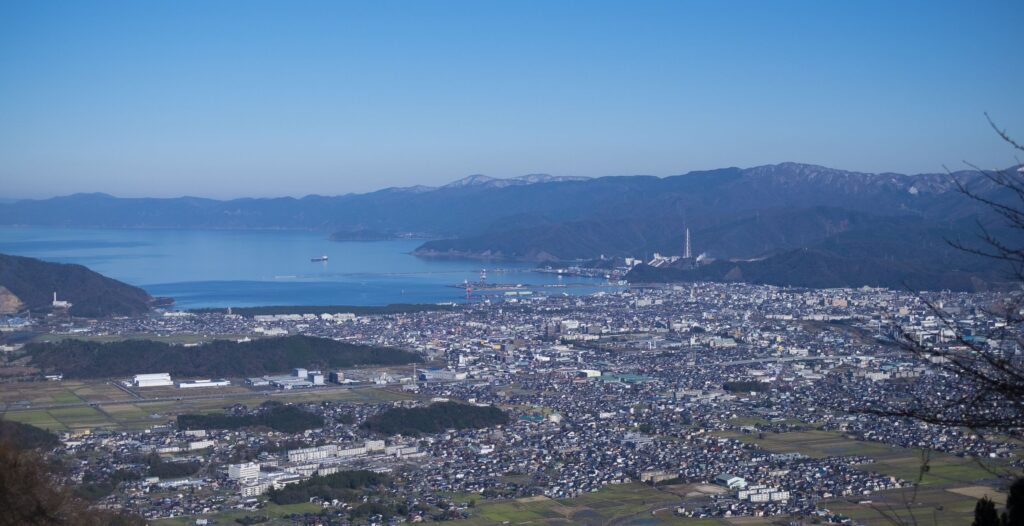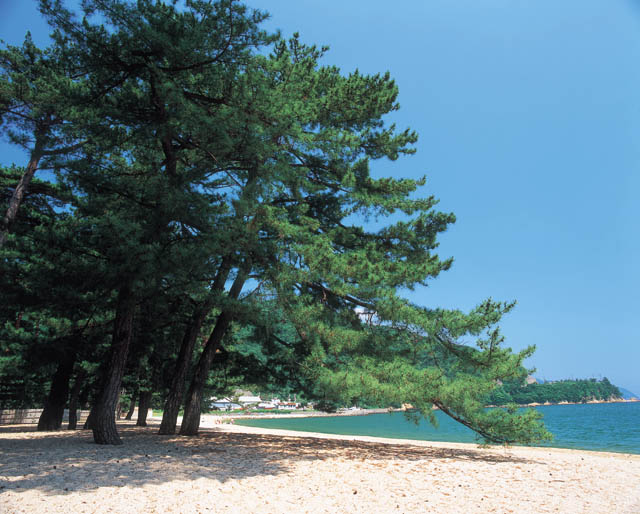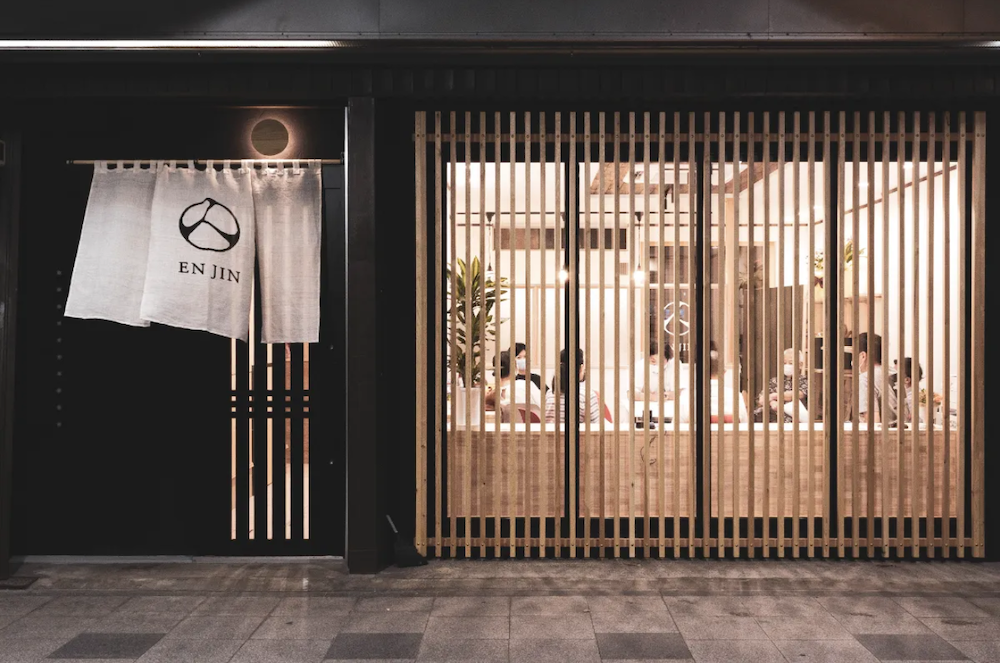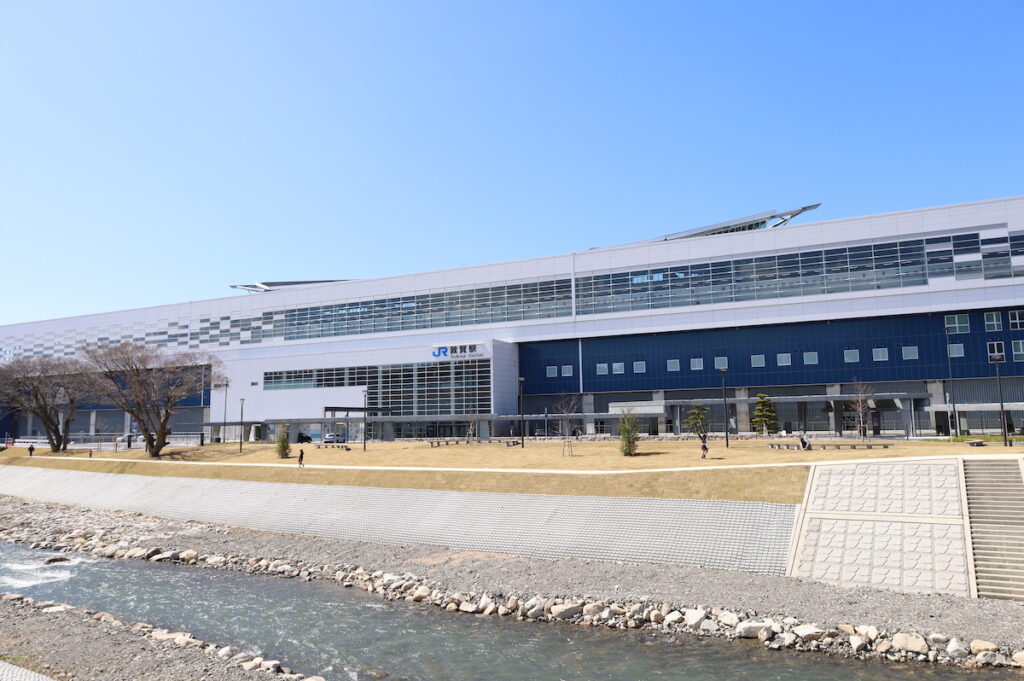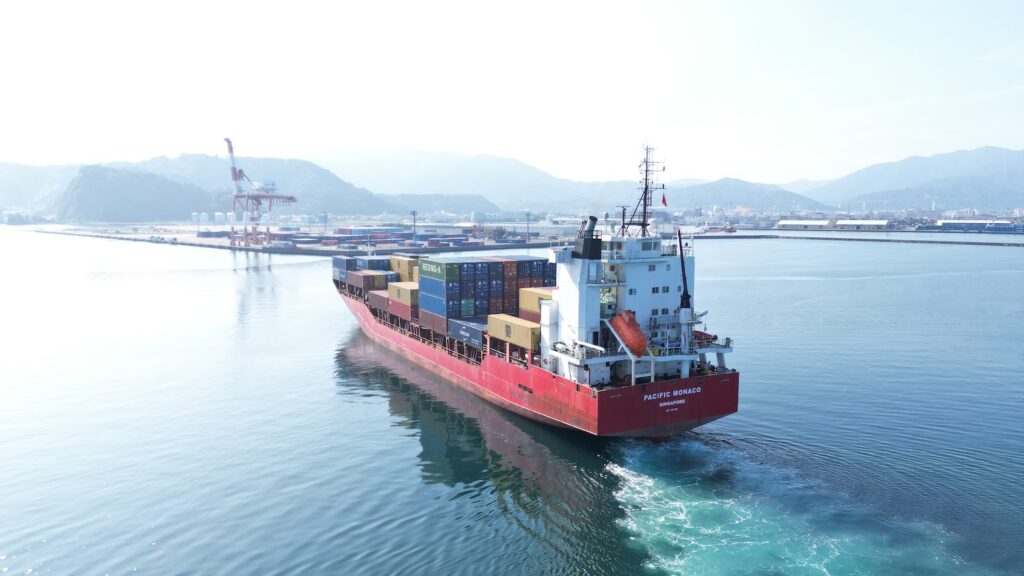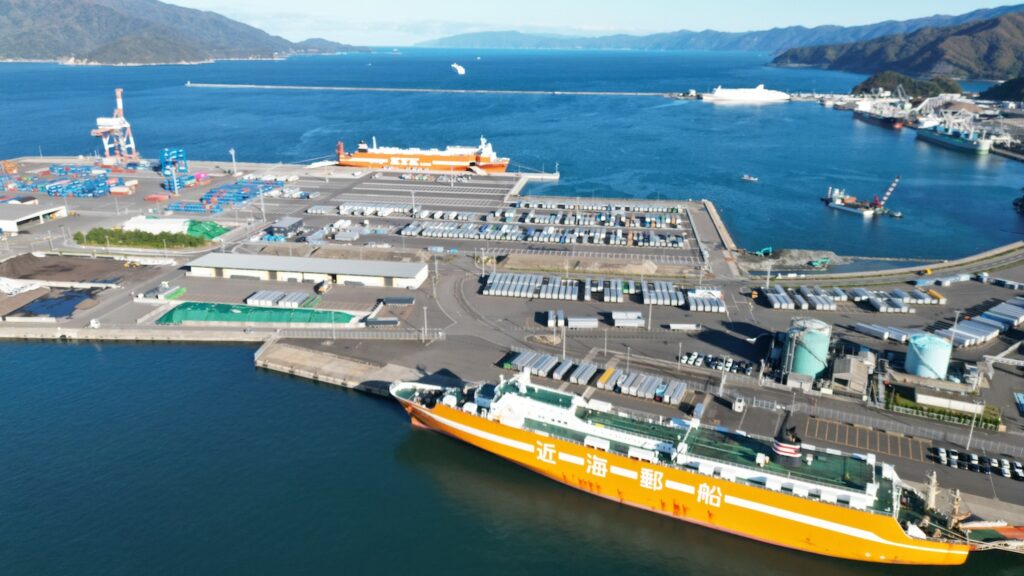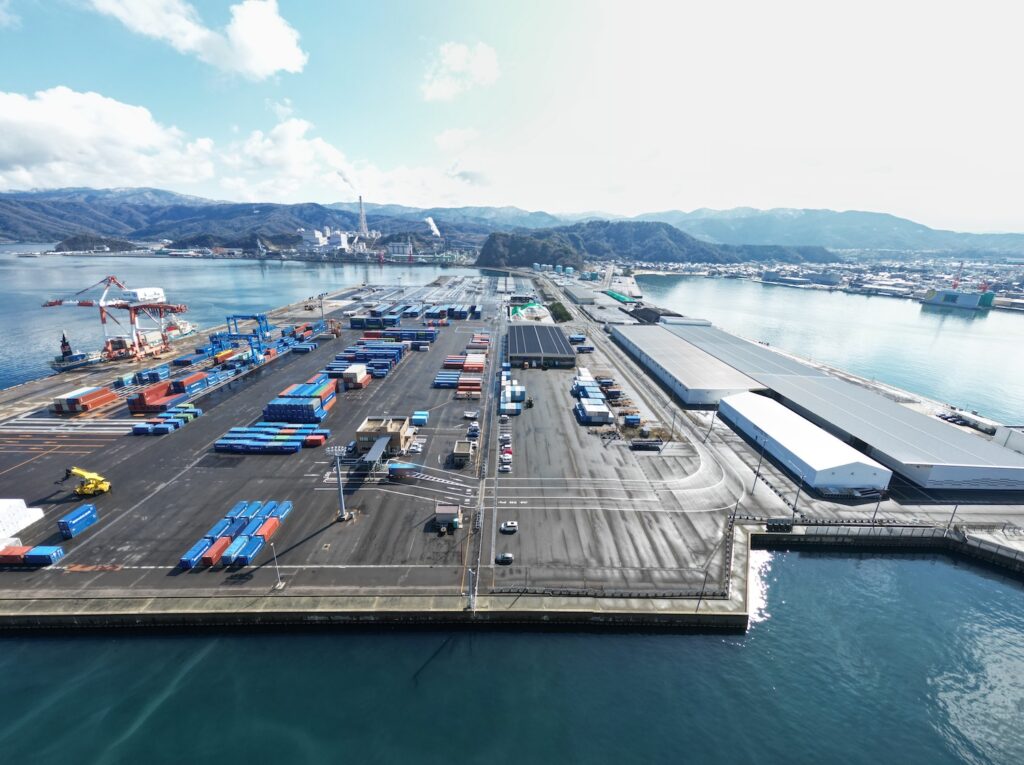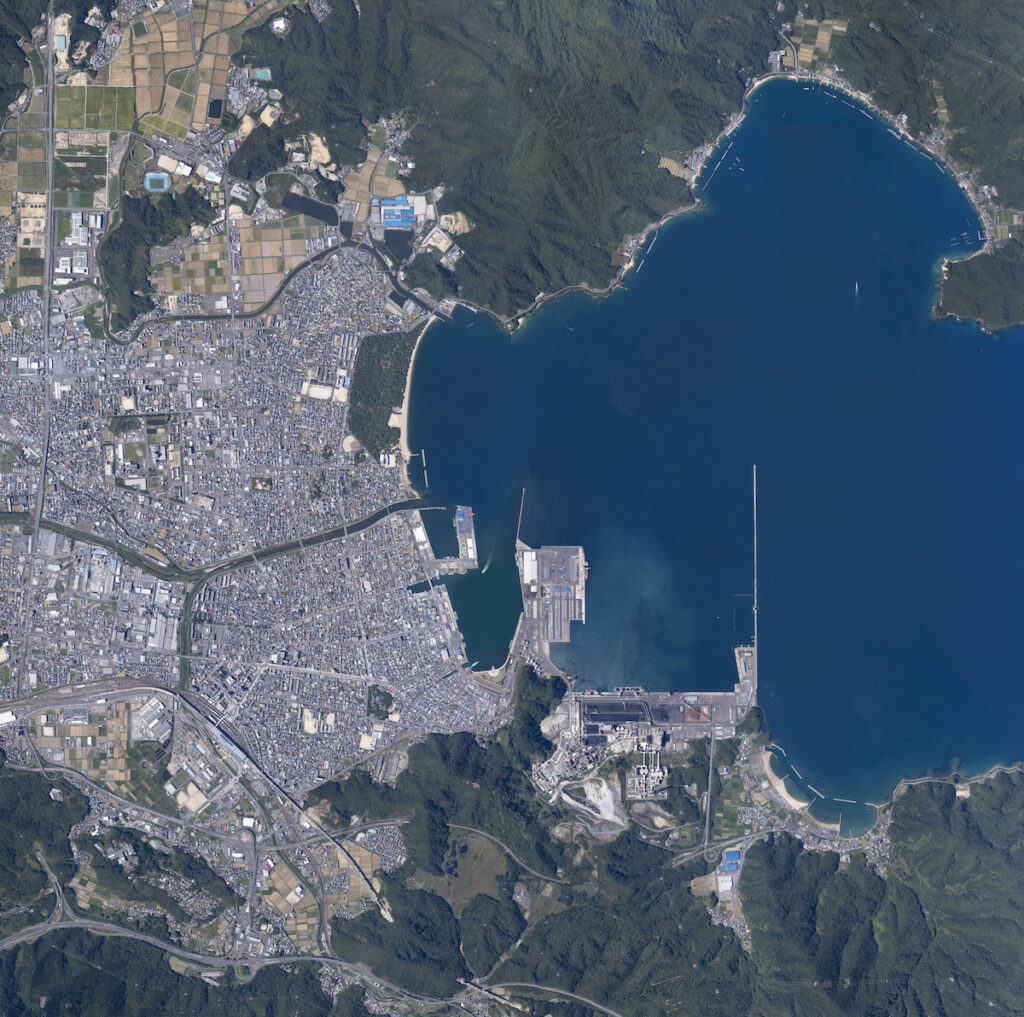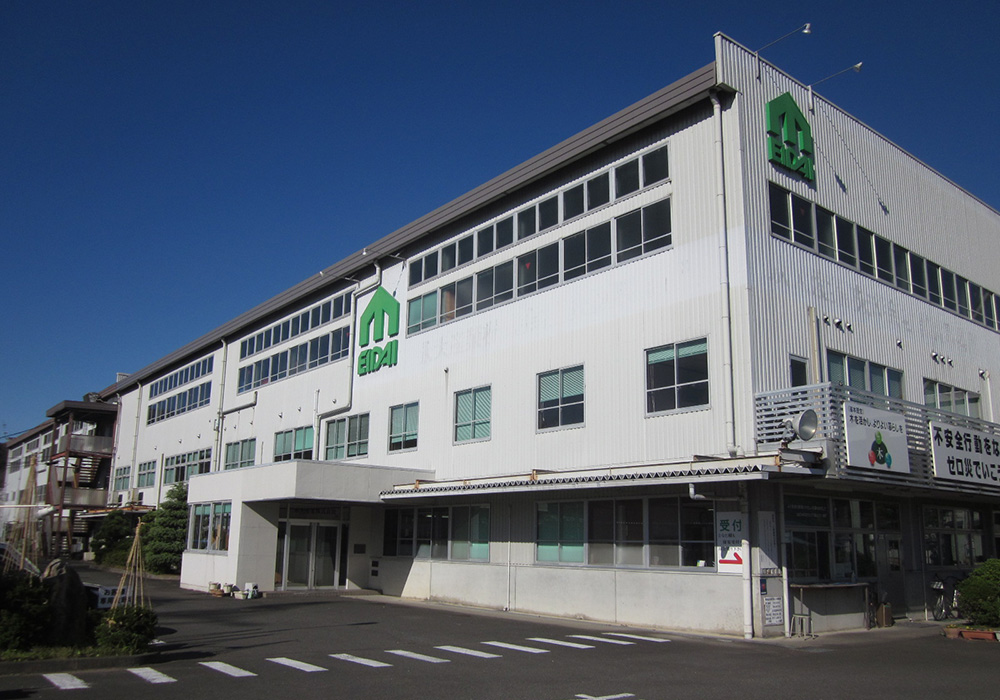This website uses cookies so that we can provide you with the best user experience possible. Cookie information is stored in your browser and performs functions such as recognising you when you return to our website and helping our team to understand which sections of the website you find most interesting and useful.
Tsuruga City
Tsuruga City
City Overview
Tsuruga City has long been known as a naturally sheltered harbor and has flourished as a gateway for continental culture.
Even today, foreign container ships and high-speed ferries call at the port, transporting people and goods via Tsuruga.
In addition, power generation facilities such as nuclear power plants are located in the city, giving it the role of an energy-supplying hub.
As for traditional industries, Tsuruga is known for its thriving seafood-based food processing industry, including products like oboro kombu (shaved kelp) and kamaboko (fish cake). Remarkably, Tsuruga accounts for about 85% of the oboro kombu produced in Japan.
Even today, foreign container ships and high-speed ferries call at the port, transporting people and goods via Tsuruga.
In addition, power generation facilities such as nuclear power plants are located in the city, giving it the role of an energy-supplying hub.
As for traditional industries, Tsuruga is known for its thriving seafood-based food processing industry, including products like oboro kombu (shaved kelp) and kamaboko (fish cake). Remarkably, Tsuruga accounts for about 85% of the oboro kombu produced in Japan.
Basic Information
- Address:
- 2-1-1 Chuo-machi, Tsuruga City, Fukui Prefecture
- Region: Chubu Region
- Prefecture: Fukui Prefecture
Demographics
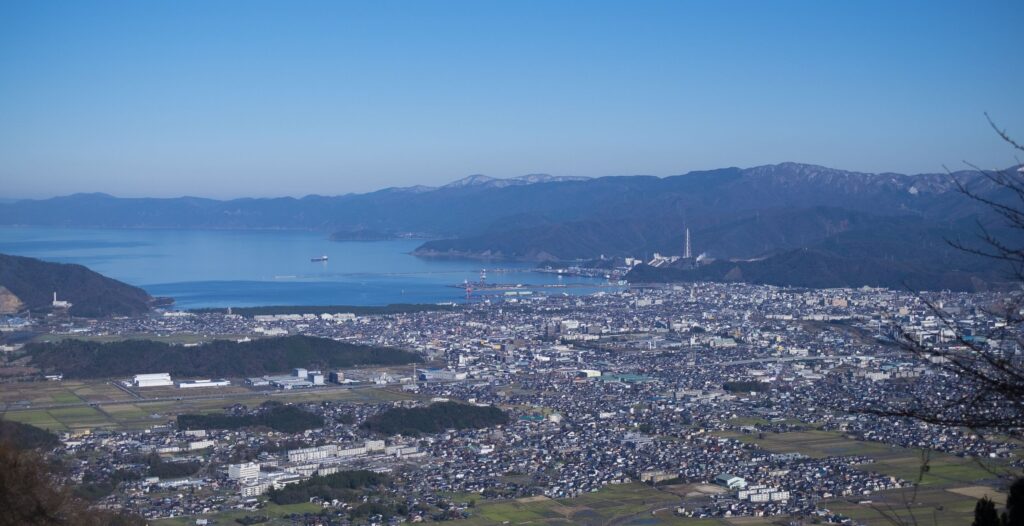
Other Info
Tsuruga City is well served by various transportation options—including railways, expressways, air routes, and ferries—making it easily accessible from all parts of Japan.
In particular, with the extension of the Hokuriku Shinkansen to Tsuruga in March 2024, it is now possible to travel directly from Tokyo to Tsuruga without transfers in as little as approximately 3 hours and 8 minutes.
In addition, by using Komatsu Airport, you can reach Tsuruga from Hokkaido, Kyushu, or Okinawa in approximately 1 hour and 40 minutes.
Furthermore, Tsuruga is accessible from Nagoya and Osaka in about 1.5 to 2 hours by expressway or highway bus. In this way, Tsuruga City offers excellent accessibility from all parts of Japan.
In particular, with the extension of the Hokuriku Shinkansen to Tsuruga in March 2024, it is now possible to travel directly from Tokyo to Tsuruga without transfers in as little as approximately 3 hours and 8 minutes.
In addition, by using Komatsu Airport, you can reach Tsuruga from Hokkaido, Kyushu, or Okinawa in approximately 1 hour and 40 minutes.
Furthermore, Tsuruga is accessible from Nagoya and Osaka in about 1.5 to 2 hours by expressway or highway bus. In this way, Tsuruga City offers excellent accessibility from all parts of Japan.
Info

